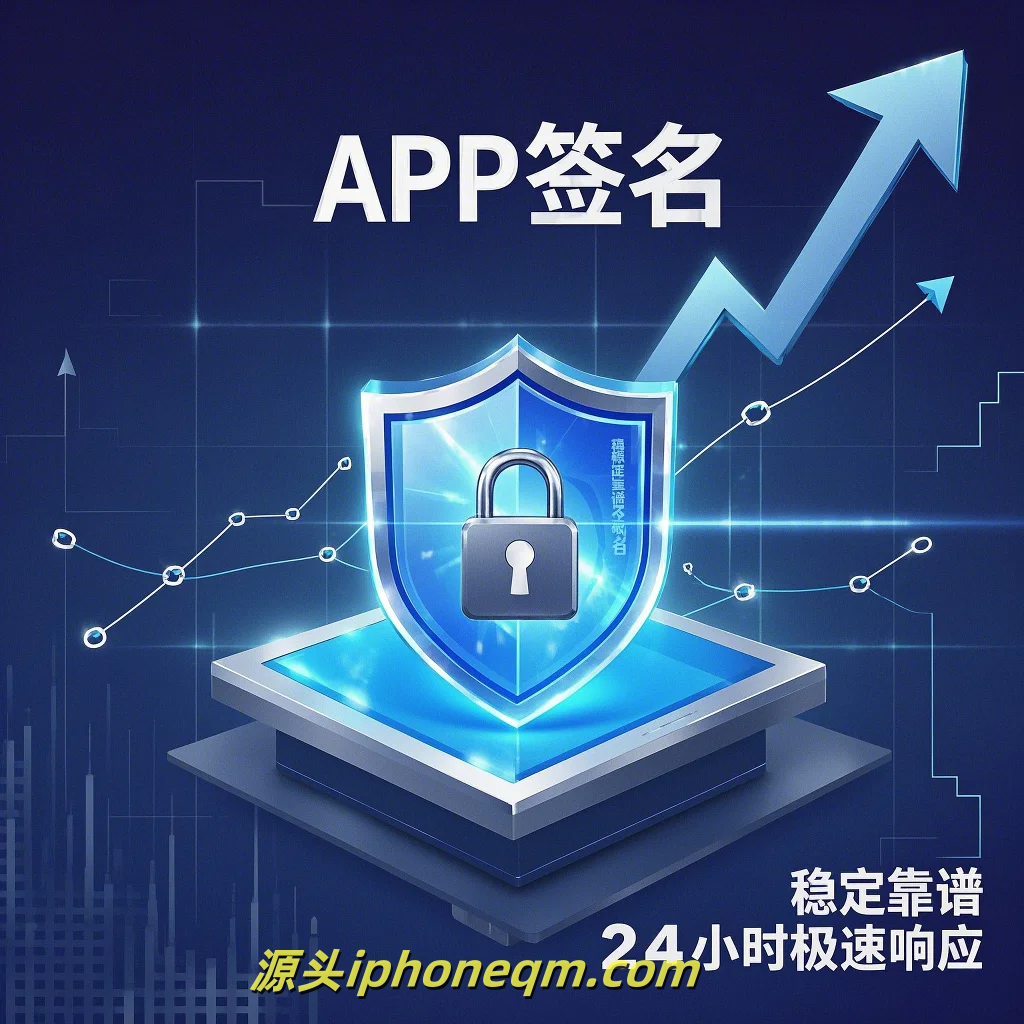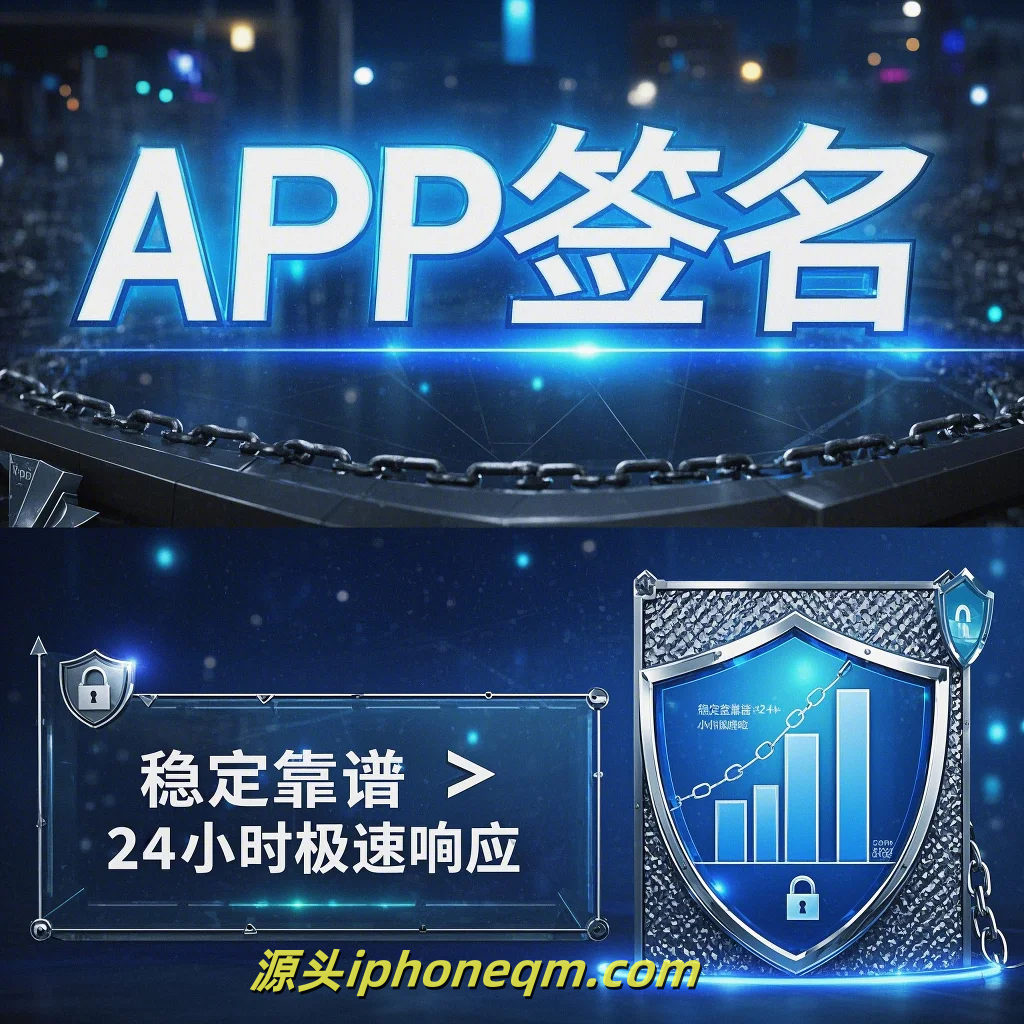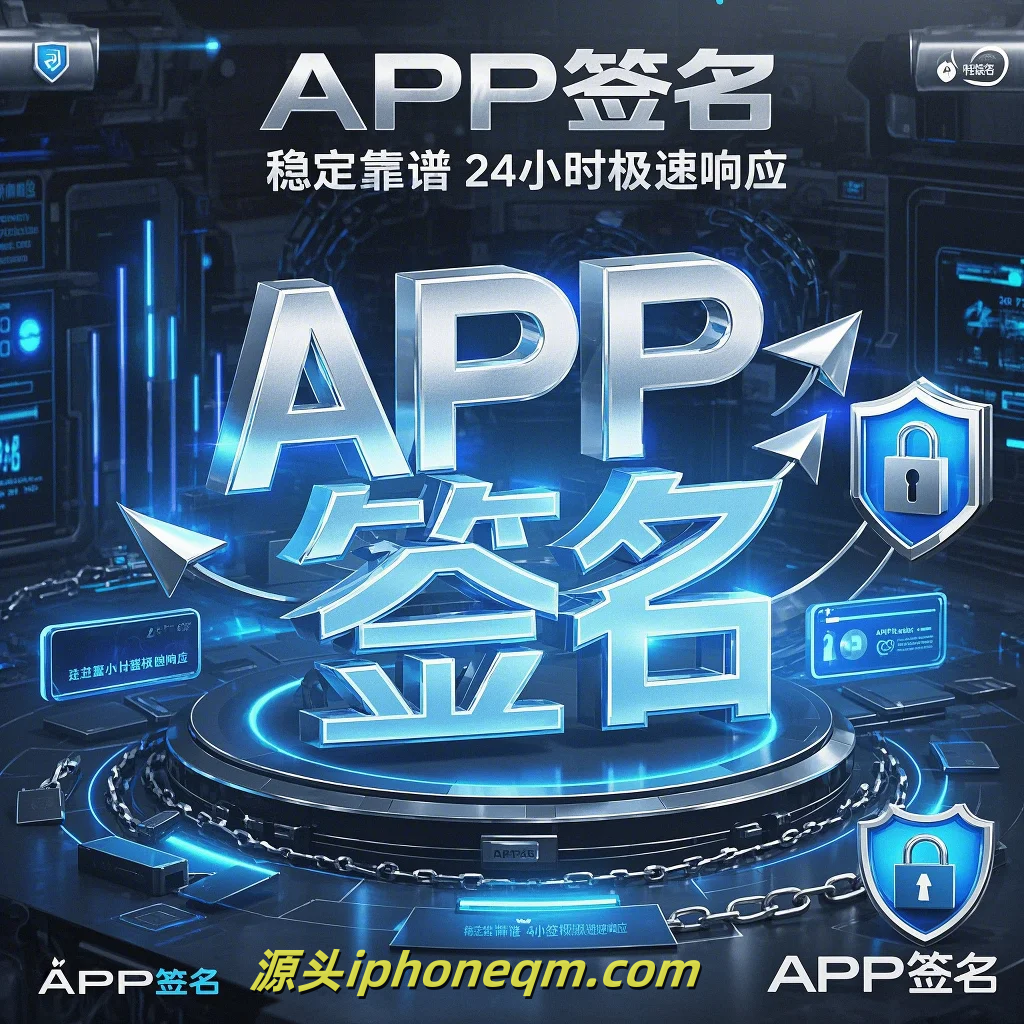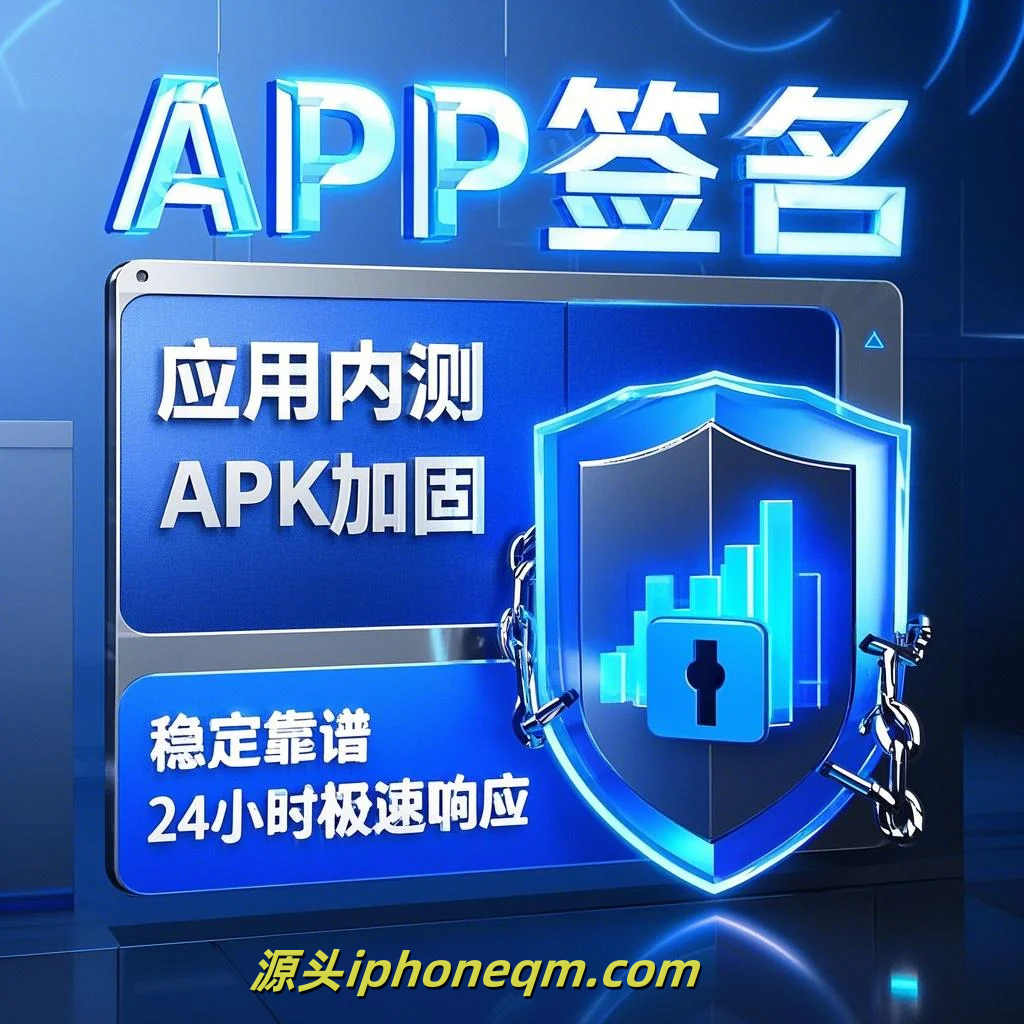Essential Components of iOS App Signing
In the realm of iOS app development, signing is a critical process that plays a pivotal role in the security, integrity, and distribution of applications. Proper understanding and management of app signing are crucial for both developers and end-users. This article will overview the essential components of iOS app signing, providing insight into its significance and the processes involved.
First and foremost, let's discuss what iOS app signing is. It is a process that involves attaching a digital signature to your app, which confirms its authenticity and integrity. When an app is signed, it communicates to the operating system that the code has not been tampered with since it was compiled. This mechanism not only protects the app but also reassures users that it is safe to install.
The primary components involved in the iOS app signing process are certificates, provisioning profiles, and the App Store Connect. Understanding these components is essential for any developer looking to publish apps on the Apple platform.
Certificates: In iOS development, certificates function as digital IDs for developers and their applications. They are issued by Apple and establish the identity of the developer. There are two main types of certificates: development and distribution. Development certificates allow developers to run their apps on real devices during the testing phase, while distribution certificates are used when the app is ready for App Store submission. These certificates must be installed in the developer’s macOS Keychain to be utilized in the signing process.
Provisioning Profiles: Provisioning profiles are critical in the app signing process as they integrate both the app ID and the signing certificate. They define the devices on which the app can be installed and whether the app is intended for development, testing, or production. A provisioning profile essentially acts as a link between the developer, the app, and the devices it runs on. Developers must create and manage provisioning profiles through their Apple Developer account, ensuring that they reflect the current app configuration.

App Store Connect: For developers aiming to distribute their apps on the App Store, App Store Connect serves as a vital platform. It is where developers submit their signed applications for review, manage app metadata, and analyze app performance post-launch. Signing an app correctly before submission to App Store Connect is essential, as improper signing can lead to rejections or failures during the review process.
The process of signing an iOS app typically involves compiling the app within Xcode, which then allows the developer to choose the appropriate signing certificate and provisioning profile. Xcode automatically manages the signing process for developers who use automatic signing, streamlining the workflow. However, for more complex scenarios, manual signing may provide the precision needed, particularly when managing multiple targets or profiles.
In addition to the technical components, understanding the significance of app signing for security and trust is paramount. When users download an app from the App Store, they expect it to be secure. App signing is a layer of protection that ensures the app comes from a verified developer and has not been altered. This builds trust and can lead to a better user experience and higher download rates.
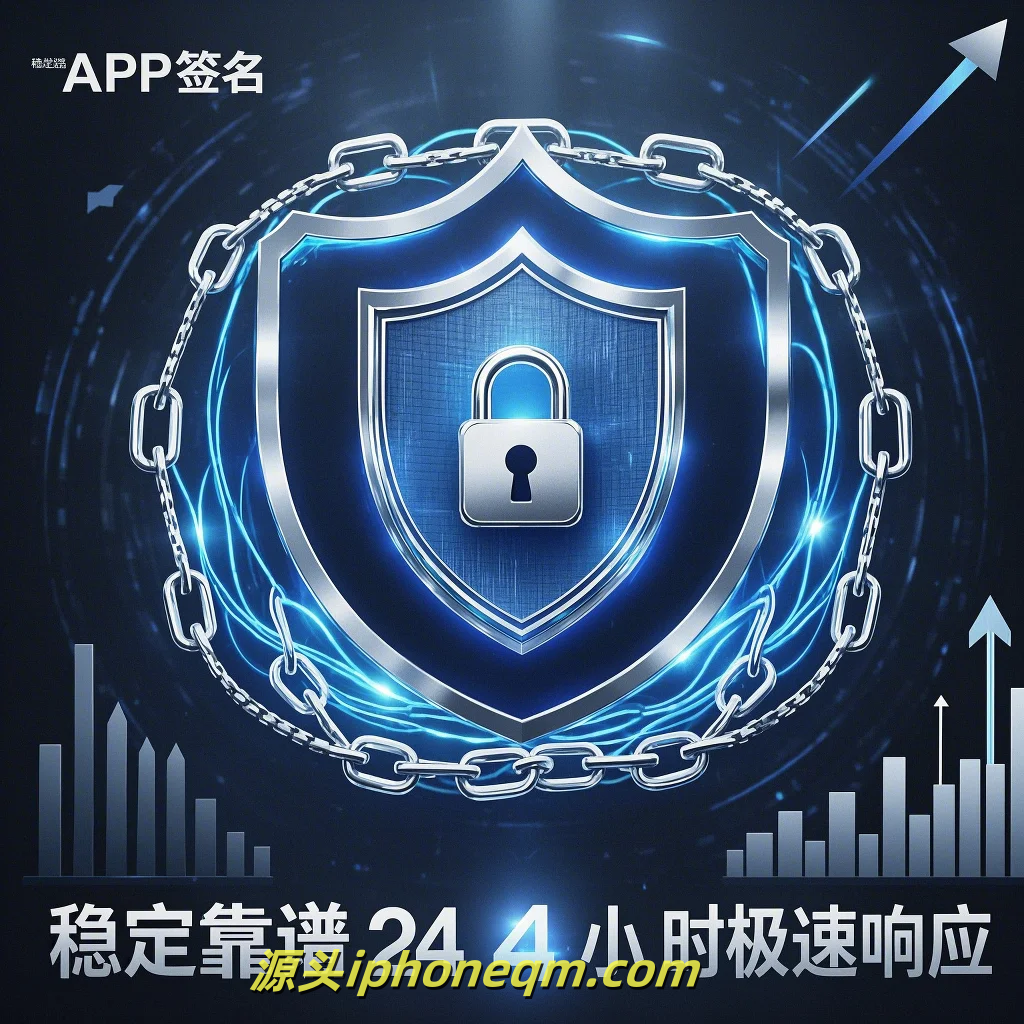
In conclusion, the essential components of iOS app signing—certificates, provisioning profiles, and App Store Connect—are fundamental to the development and distribution of applications. Developers must familiarize themselves with these elements to effectively navigate the signing process and foster trust with users. As iOS continues to evolve, staying updated on best practices in app signing will be crucial for successful app deployment in an increasingly competitive market.
扫描二维码推送至手机访问。
版权声明:本文由MDM苹果签名,IPA签名,苹果企业签名,苹果超级签,ios企业签名,iphoneqm.com发布,如需转载请注明出处。

